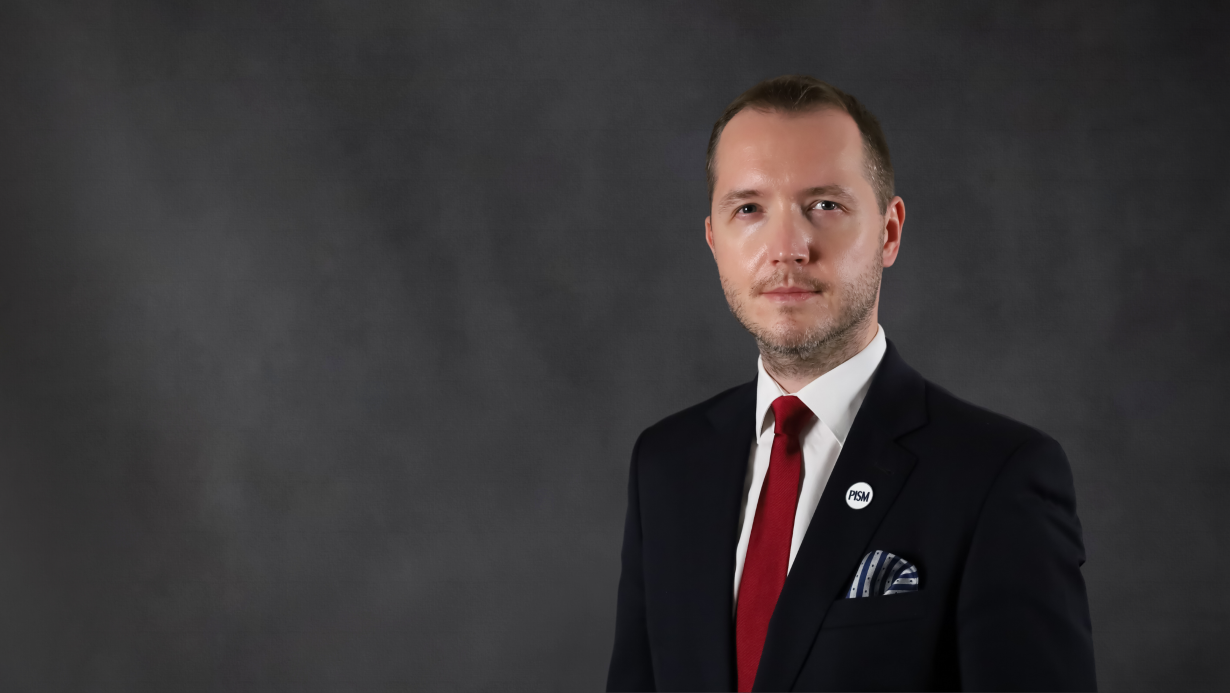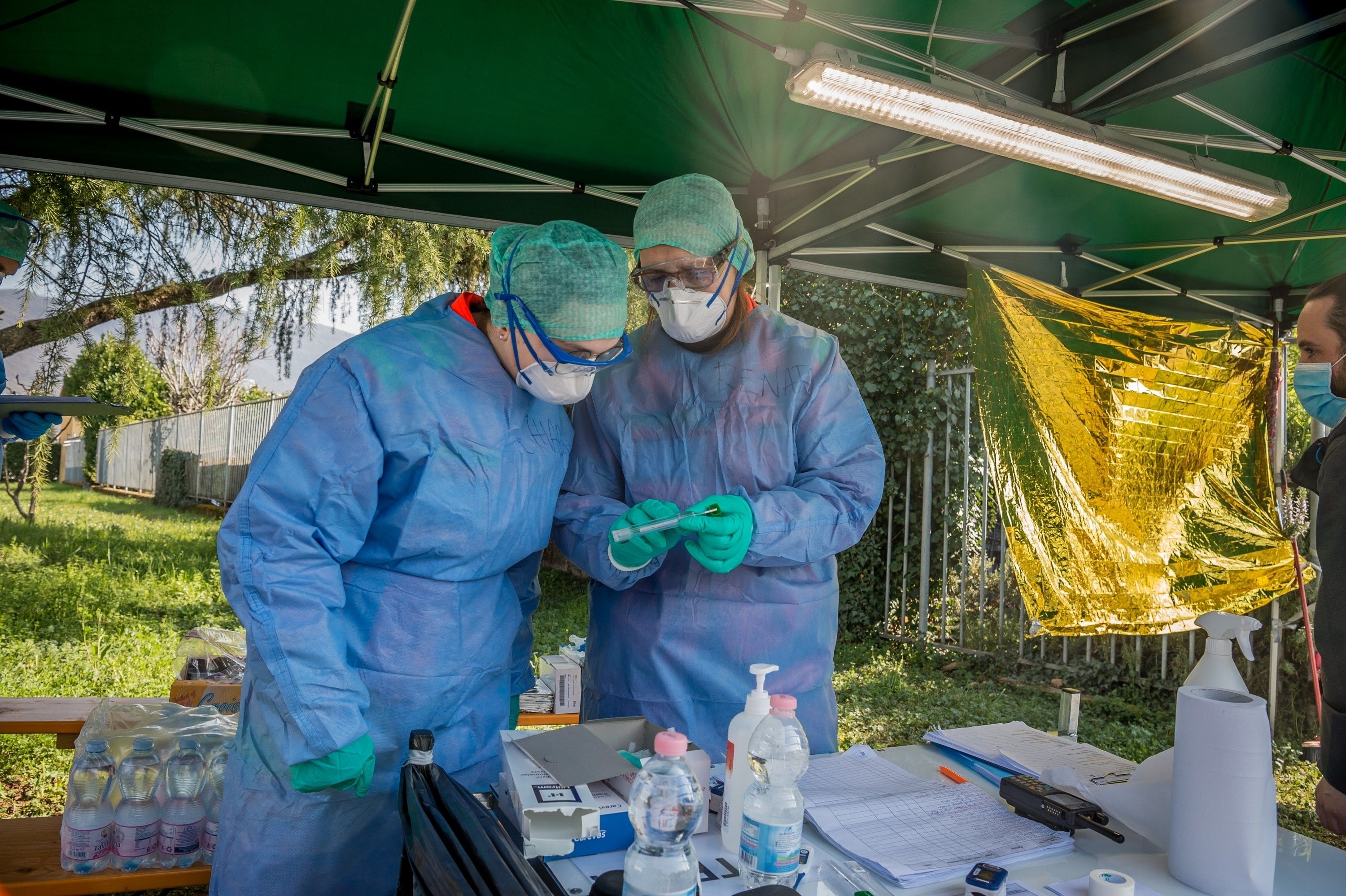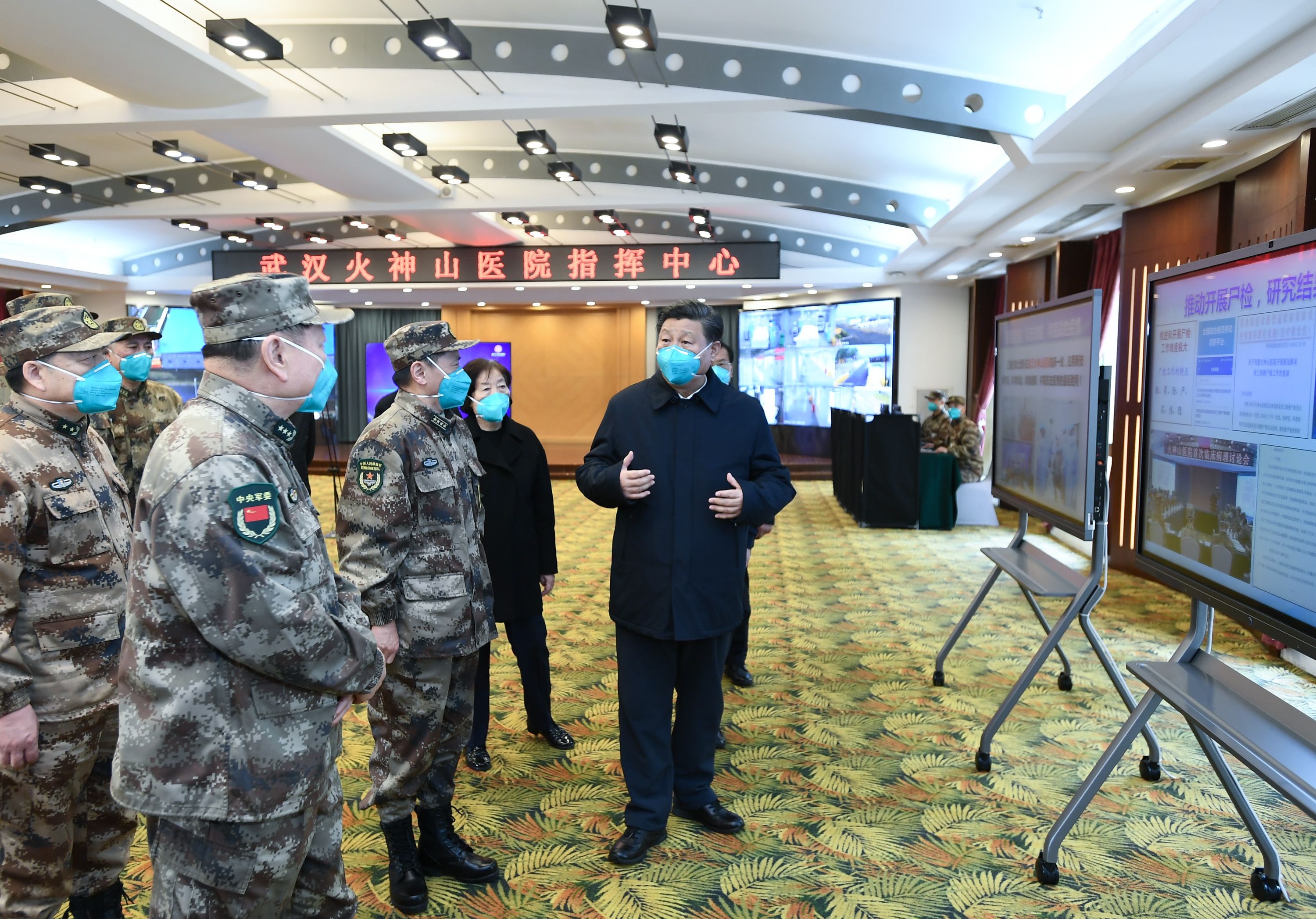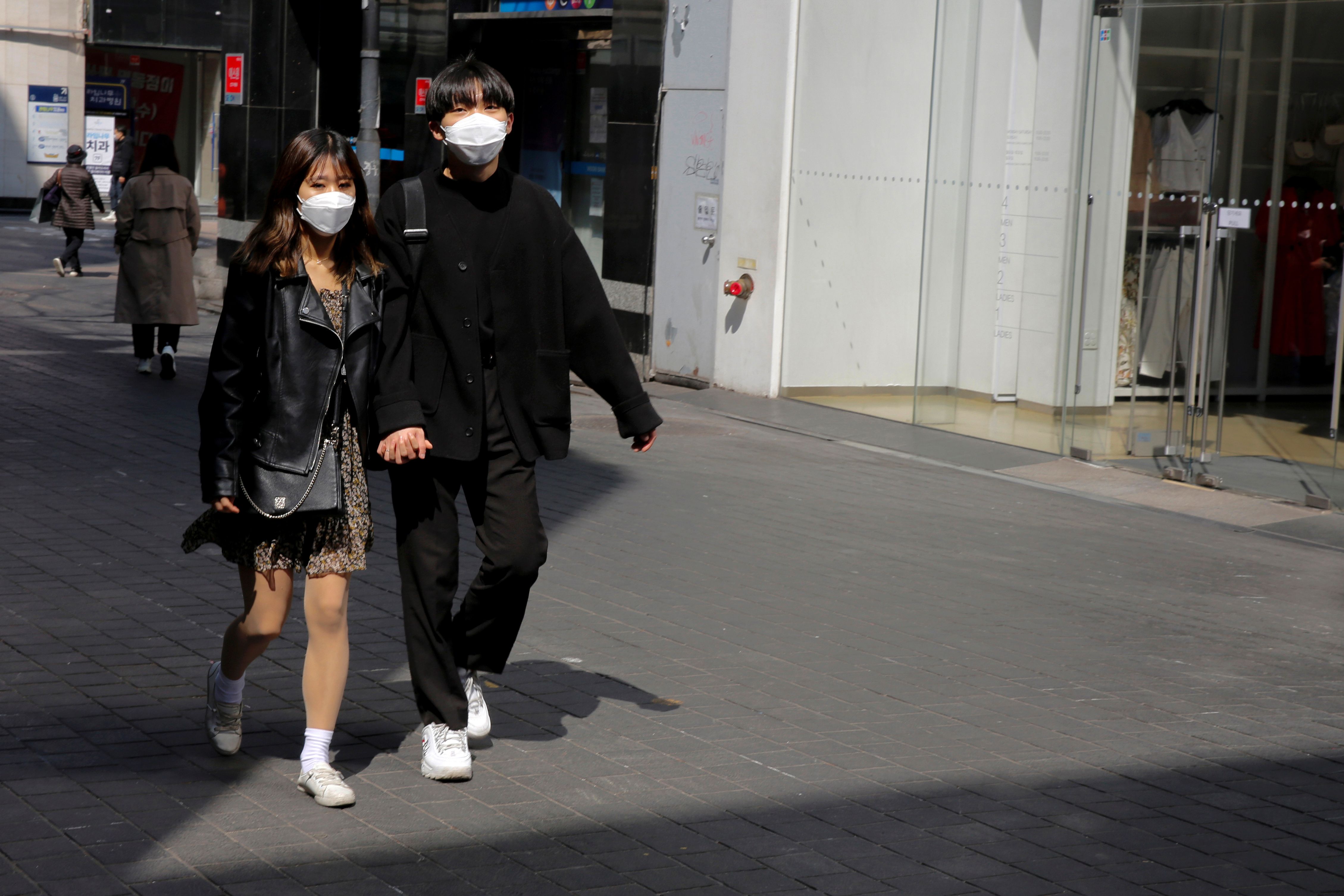Singapore’s Reaction to COVID-19: Lessons Learnt for EU Countries
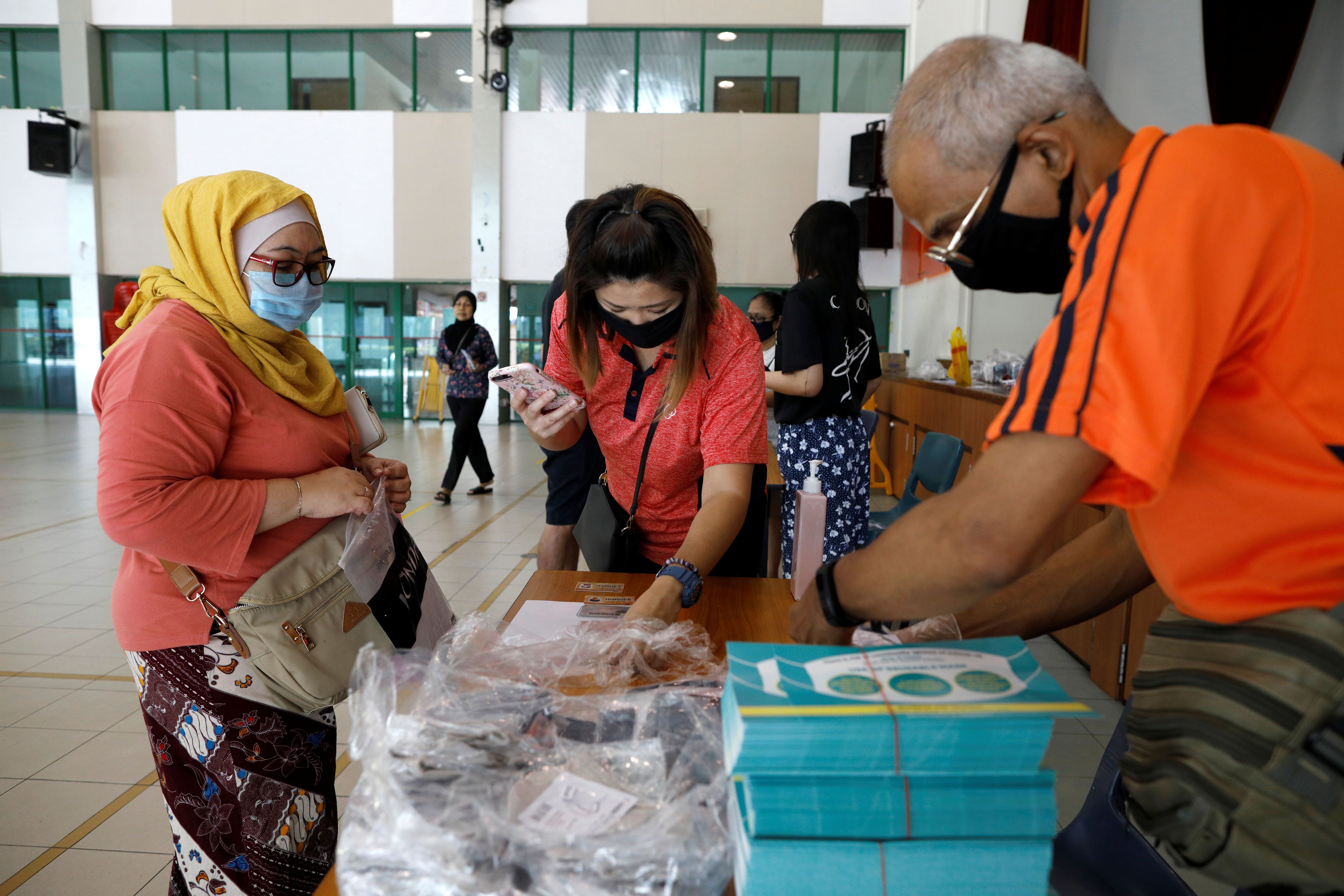
The first case of SARS-CoV-2 infection in Singapore was detected on 23 January (making it the second nation after Thailand to report the virus outside of China). The infected person was a Chinese citizen who came from Wuhan, then the epicentre of the epidemic. The geographical proximity of China as well as economic, cultural, and social relationships (about three-quarters of the population of Singapore are ethnic Chinese) put the city-state at high risk of the rapid spread of the coronavirus. Many Chinese also choose Singapore as a tourist destination during the Lunar New Year celebrations at the turn of January to February; by that time, the epidemic in China was already advanced. Also, Singapore is a hub for air and sea transport and the second-most densely populated country in the world, all of which made it highly exposed to virus transmission. According to WHO data from 8 April, the number of infections in Singapore has been increasing recently—there have been 1,481 cases and only six deaths. These numbers are much lower than in many other countries, including in the EU where the coronavirus reached later.
Healthcare in Singapore
The system is considered modern and efficient—in 2018, in Bloomberg’s Health Care Efficiency Index ranking, Singapore was listed second in the world after Hong Kong, with Spain and Italy in third and fourth place). Government subsidies finance up to 80% of patient care costs (depending on their financial status). These funds are complemented by 17 public insurance and savings programmes. Private financing includes, for example, insurance purchased by employers. Healthcare is highly digitised—a full history of treatment is collected and a system is in place to facilitate the flow of this information.
Singapore reorganised its public-health response system after the SARS epidemic of 2002–2003. The Ministry of Health prepared an action plan in the event of an epidemic, created numerous places in hospitals, and expanded research centres. The number of staff dealing with infectious diseases also increased. The authorities improved the coordination of government institutions by establishing a task force consisting of 10 ministers and co-directed by the heads of the health and national development departments (the top advisor is a deputy prime minister and also the minister of finance). A four-stage warning system (DORSCON), in use before SARS, informs citizens about the status of the epidemic and state of emergency, along with related recommendations.
The Authorities’ Response to COVID-19
By 3 January, the authorities had introduced the obligation to check the temperature of people arriving from Wuhan (e.g., in Italy it happened almost three weeks later) and by the end of the month was extended to all travellers. Over time, similar activities covered other public places, such as shopping malls. On 29 January, the government introduced an entry ban on all foreigners who had been in China in the last 14 days, then extended it to other countries, for example, on 15 March to Italy and France. On 23 March, the authorities suspended the possibility of short-term entry of all foreigners, excluding those with work permits. A day later, they banned mass events and ordered the closure of bars, cinemas, and other gathering spots. From 7 April they closed most workplaces (except essential ones, such as grocery stores), and from 8 April also schools.
Since January, laboratories in Singapore have been developing and conducting free coronavirus tests for people with symptoms of influenza or pulmonary disease or having contact with virus carriers. At the beginning of April, they conducted about 2,900 tests a day, and in total they have tested 7,000 people per million inhabitants (so less than Germany or South Korea, but more than the U.S. or France). The system to identify people who had contact with virus carriers utilises, among others, interviews with infected patients, city monitoring, and the voluntary TraceTogether application, which uses signals from mobile phones to identify interactions between people. The WHO praised the comprehensive actions of the Singaporean authorities.
The cost of a hospital stay for people infected with the coronavirus is covered by the government. If there is a suspicion of someone being infected, a house quarantine is enforced, with a violation involving financial penalties of up to SGD 10,000 (around $7,000) or imprisonment for up to six months. An information campaign is underway. Instructions for conduct are provided, among others, in television programmes (including cartoons for children) and the press. Information about the development of the situation and the authorities’ actions are also regularly published on a special government website, on social media, and sent via messengers (e.g. WhatsApp). Transparency strengthens public confidence in the authorities’ actions (at the end of March, 57% of citizens considered them appropriate). This was visible at the beginning of February after the epidemic alert hit stage three (like the original SARS epidemic) and a speech by Prime Minister Lee Hsien Loong calmed the public’s nerves, leading people to stop panic-buying.
Economic and Political Implications
The pandemic’s harmful economic effects on Singapore will be associated not only with a reduction in consumption in the city-state but also in its largest trading partners, including China and Malaysia. Singaporean companies in the tourism, logistics, financial, catering and other similar industries may suffer greatly. In the first quarter of 2020, Singapore’s annual GDP dropped by 2.2%, and the government forecasts that the economy will shrink in the range of 1–4% for the entire year. To support the economy, from February to early April, the authorities announced three stimulus packages totalling SDG 59.9 billion ($42 billion), which is around 12% of GDP. They include tax breaks for companies and additional payments for employee salaries for up to nine months—depending on the losses in the industry—of 25% to 75% of the median wage, or SGD 4,600 (in April, 75% for all companies), and for self-employed SGD 1,000 monthly (around $700). Also, all adult residents are to receive SGD 600-1200 (around $420–840) depending on income. Moreover, the central bank loosened monetary policy at the end of March.
Singapore’s effectiveness in the fight against the pandemic may strengthen its image as an efficient and modern state that is involved in international cooperation (it sent medical equipment to, e.g., China and Indonesia). It may increase the interest of other governments in its political and economic model connecting the free market economy (in which the state plays a significant role) with a meritocracy. Since the establishment of Singapore in 1965, it has been dominated by one party (People's Action Party, PAP), media is controlled by the government, and freedom of expression and assembly are limited. This facilitates the implementation of the authorities’ decisions. However, during the current crisis, the government is assuring it is not violating civil rights (e.g., privacy via TraceTogether). The forthcoming parliamentary elections are due to take place by April 2021 at the latest (the government may decide to hold them even during the pandemic). Voters will probably support PAP to maintain stability during this difficult period. However, the protracted economic crisis may weaken PAP’s position in the future.
Conclusions
Although the example of Singapore is highly specific because of the size of the country and its political system, it shows that to minimise the effects of the crisis in the sphere of public health, organisational preparedness is crucial. This concerns material resources (including infrastructure and research potential) as well as regulations. No less important is the rapid implementation of procedures after the appearance of the first signs of infection so that transparency and effective communication from the government to the public contributes to maintaining public order. In the economic sphere, it is worth underlining the emphasis on maintaining jobs in the longer term.
EU countries may seek to intensify cooperation with Singapore, among others, in the field of research, digitalisation of the health services, and enhancement of crisis-management systems, as well as the organisation of medical product supply chains. In this context, it is worth noting that the EU and Singapore have a bilateral free trade agreement, which entered into force in November 2019. The current situation may prompt the EU Member States to ratify the investment protection agreement with Singapore.


